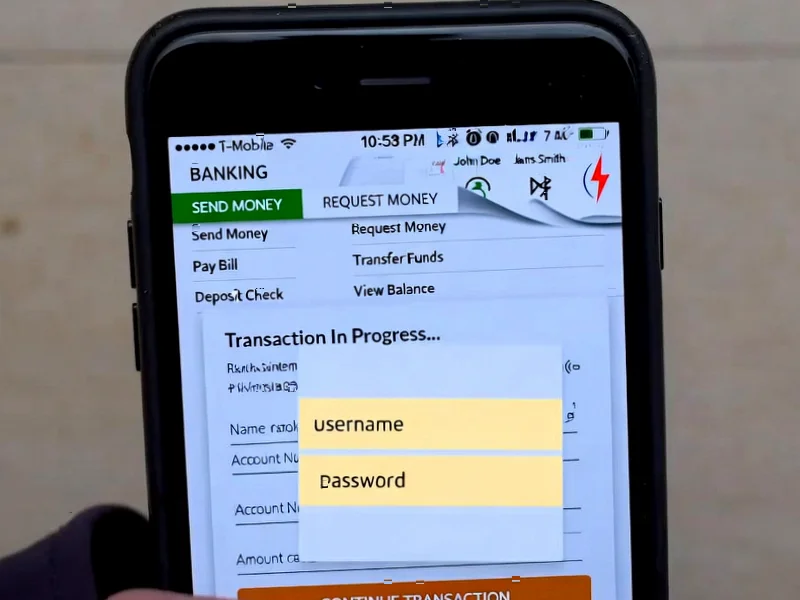According to DCD, a growing number of data centers worldwide are being housed in subterranean facilities, taking advantage of decommissioned military and industrial sites that can be acquired relatively cheaply with power already in place. The publication’s new supplement explores this trend through specific case studies including the Lefdal Mine Data Center in Norway, which houses a supercomputer in a former olivine mine, and a decommissioned nuclear bunker in the Kent countryside repurposed by Cyberfort to boost clients’ digital sovereignty. Anthropologist A.R.E. Taylor contributes analysis on why burying sensitive information has fascinated humans for thousands of years. This movement underground represents a strategic shift in how companies approach both physical and digital security.
The Underground Advantage: More Than Just Security
The business case for underground data centers extends far beyond physical protection. These facilities represent a sophisticated real estate play that transforms liabilities—decommissioned mines, bunkers, and industrial sites—into high-value digital infrastructure assets. The repurposed nuclear bunker operated by Cyberfort exemplifies this model: what was once a Cold War relic becomes a premium security solution with inherent structural advantages that new construction simply cannot replicate at competitive costs.
Following the Money: The Economic Drivers
The financial appeal lies in the conversion economics. These facilities typically come with existing power infrastructure, substantial structural integrity, and often favorable zoning—all factors that dramatically reduce both capital expenditure and development timelines. For operators, this means faster time-to-market and lower breakeven points. For clients, it translates into premium security features at competitive pricing, creating a compelling value proposition in markets where traditional above-ground facilities face escalating land and construction costs.
Strategic Positioning in a Crowded Market
Underground data centers enable operators to differentiate themselves in an increasingly commoditized market. While most providers compete on uptime and connectivity, subterranean facilities offer a unique selling proposition centered around physical security, environmental resilience, and geographic discretion. This positioning appeals to government agencies, financial institutions, and enterprises handling sensitive intellectual property—clients willing to pay premium rates for layers of protection that extend beyond cybersecurity to include protection against physical threats, natural disasters, and even geopolitical instability.
Why Now? The Perfect Storm of Factors
The timing of this trend aligns with several converging market forces. The decommissioning wave of Cold War-era facilities has created a supply of suitable underground spaces just as digital transformation accelerates demand for secure data housing. Meanwhile, growing concerns about climate change and extreme weather events make underground facilities’ natural temperature stability and disaster resilience increasingly valuable. The geopolitical landscape, with rising concerns about digital sovereignty and state-level cyber threats, further drives demand for facilities that offer both digital and physical protection.
The Underground Future: Scaling Beyond Niche
While currently positioned as premium solutions, the underground data center model shows potential for broader adoption. The success of facilities like Lefdal Mine demonstrates that scalability is achievable even in unconventional environments. As energy costs rise and sustainability concerns grow, the natural cooling advantages and energy efficiency of underground facilities may make them competitive beyond the high-security niche. The next frontier likely involves standardizing conversion processes to bring more decommissioned facilities online efficiently, potentially creating a new subcategory within the broader data center market.




